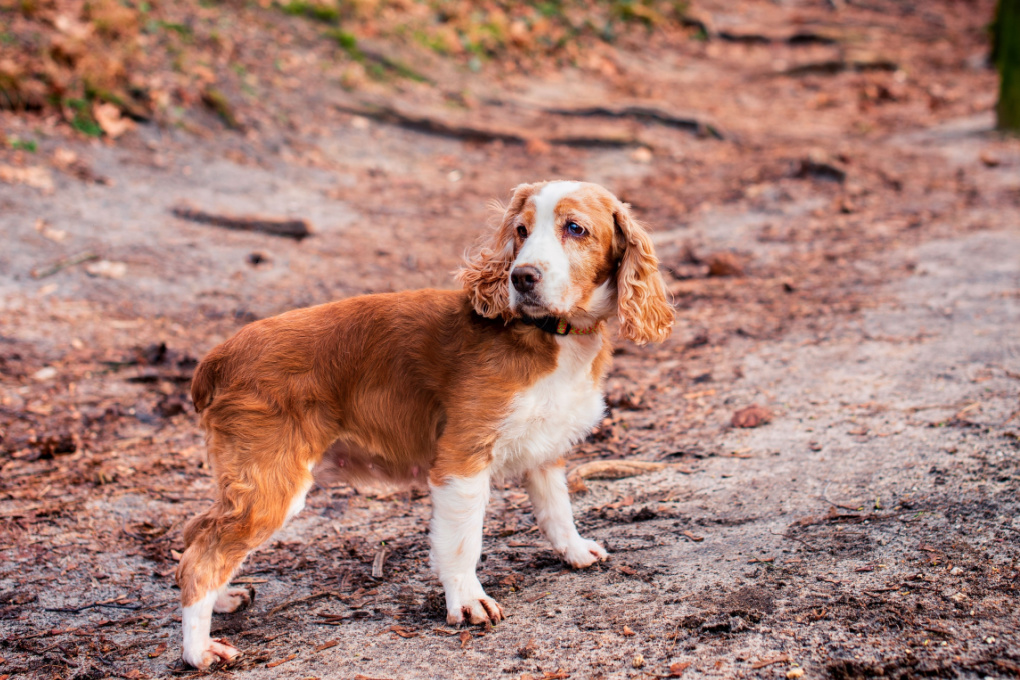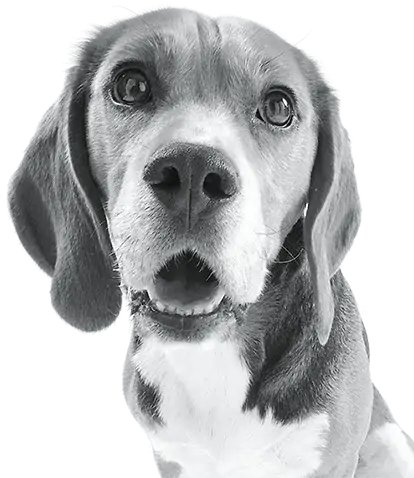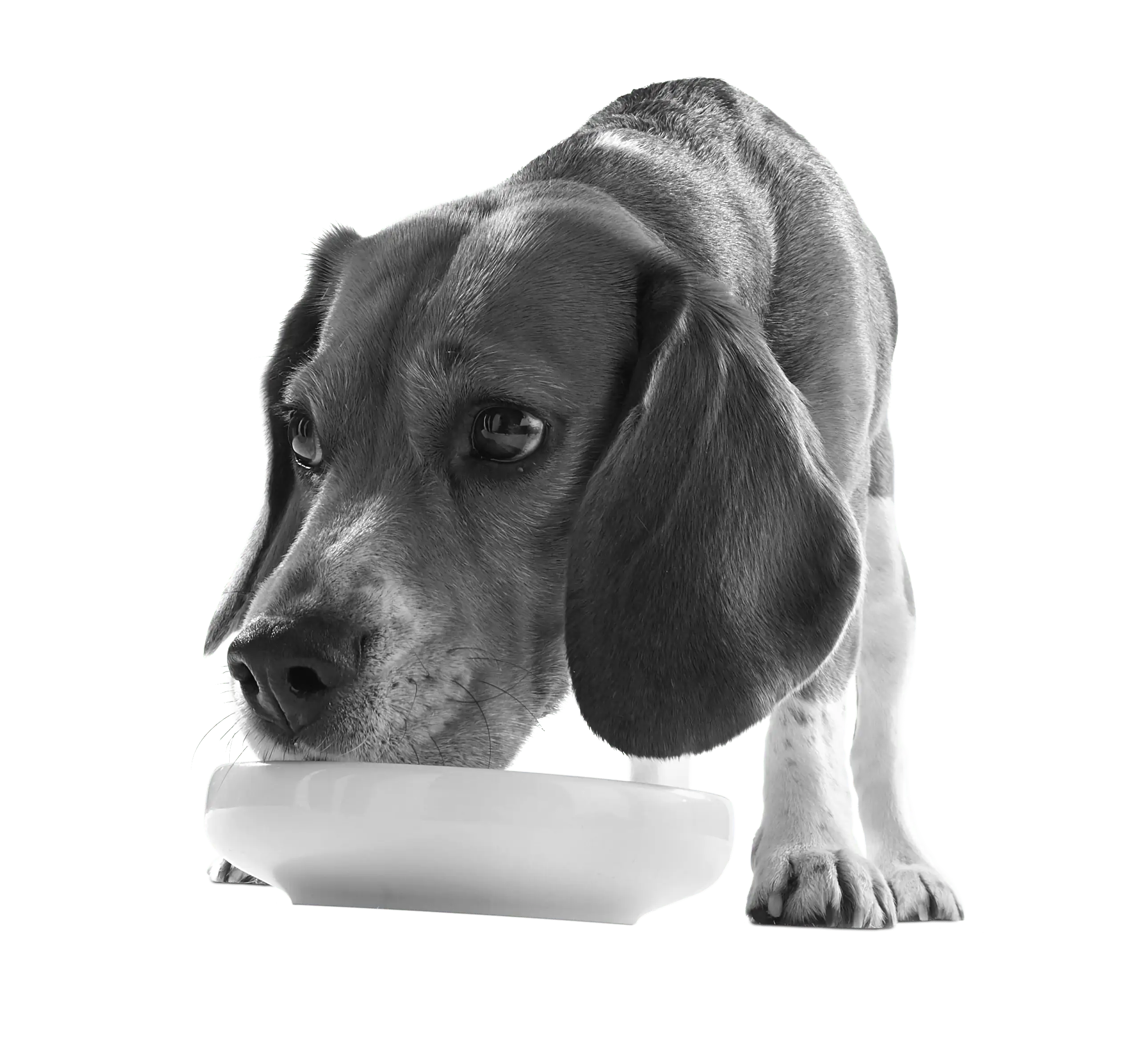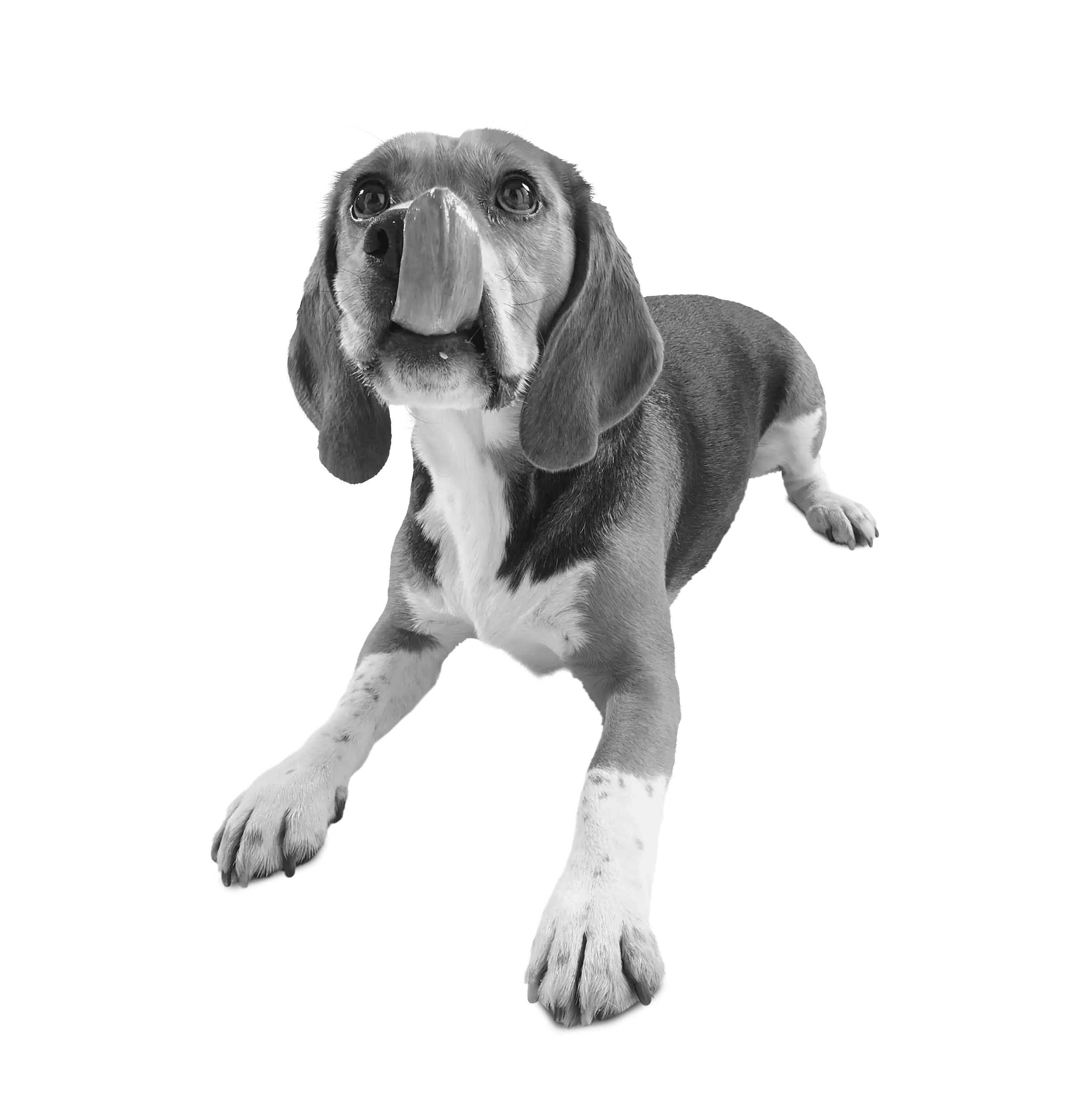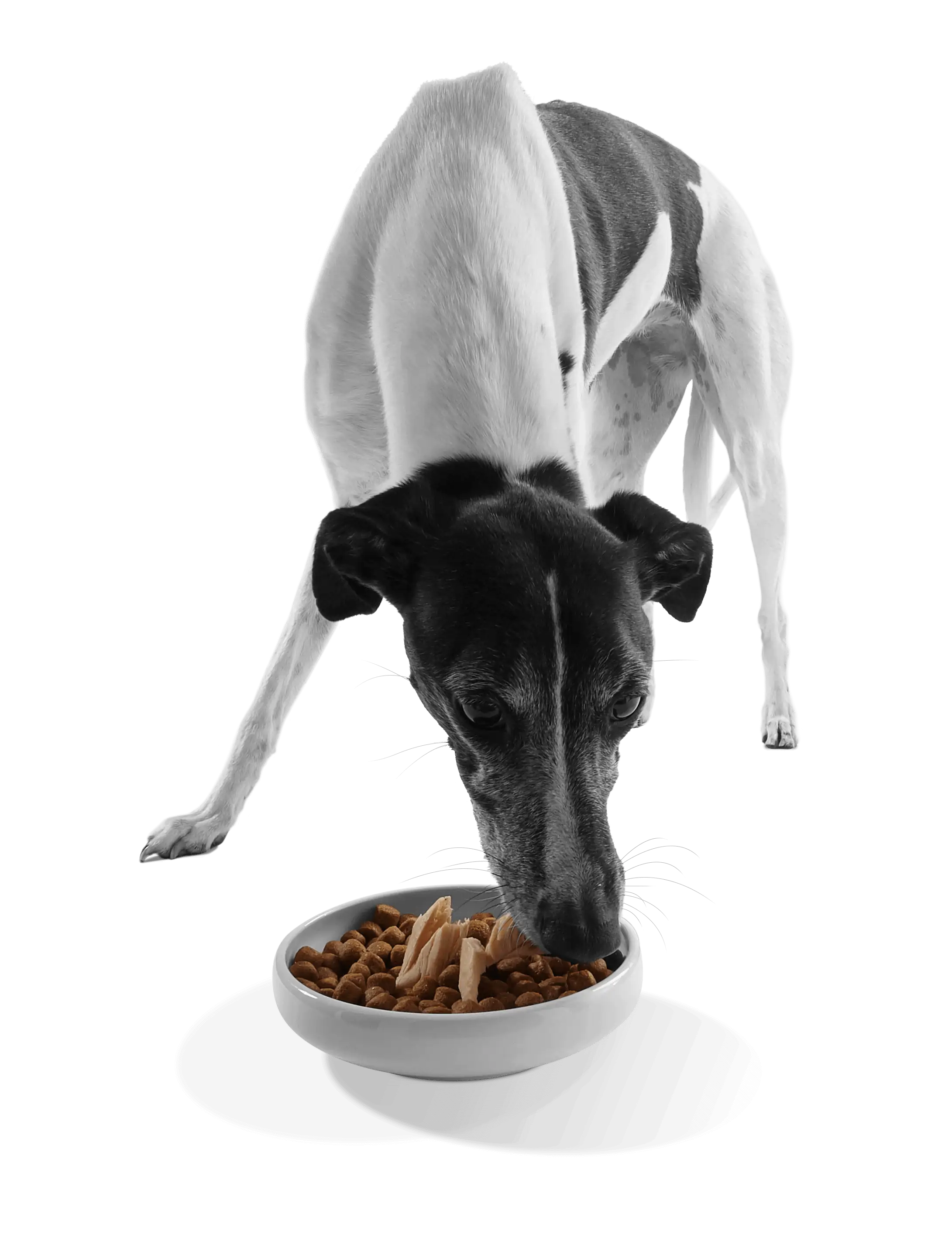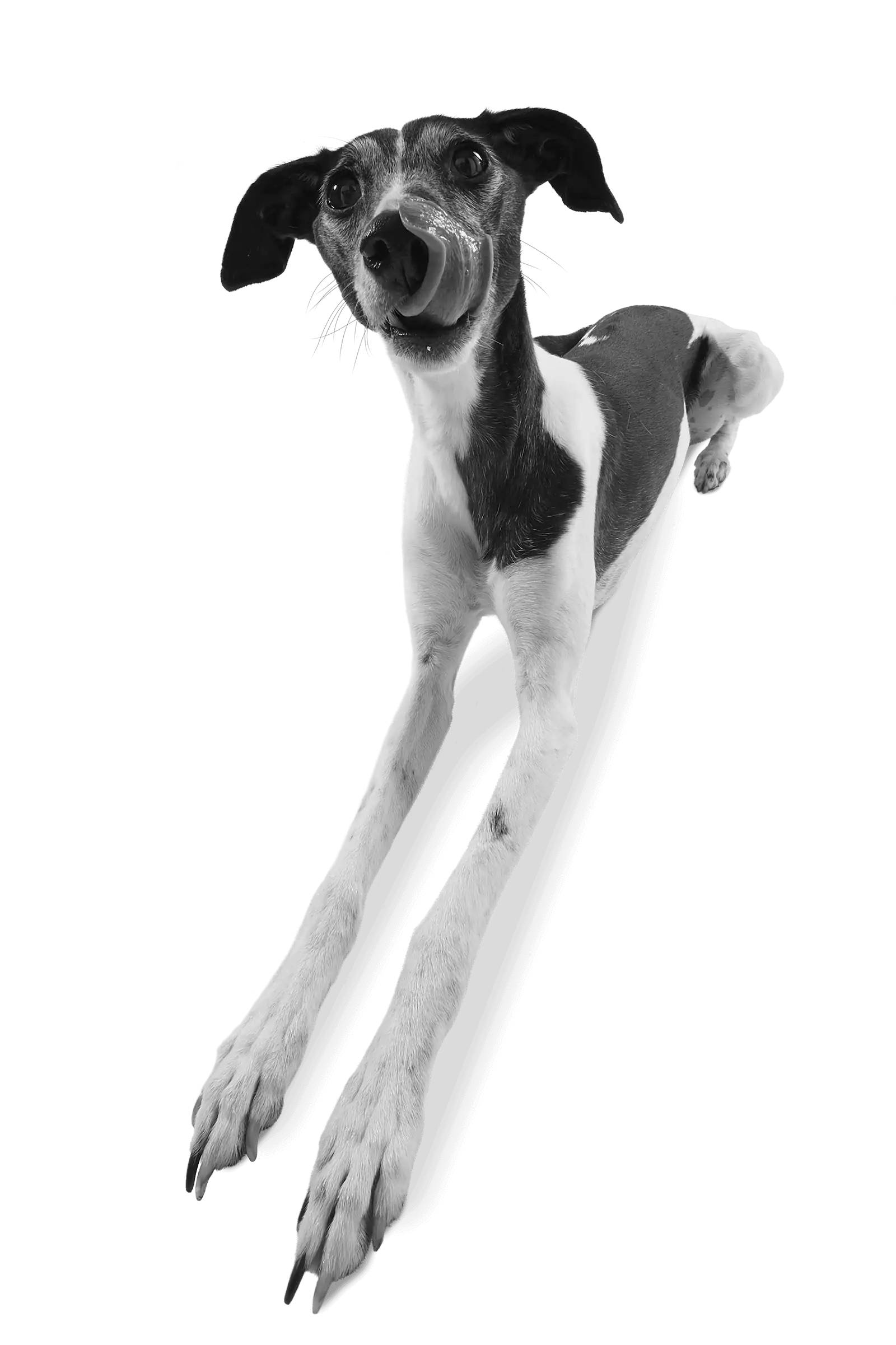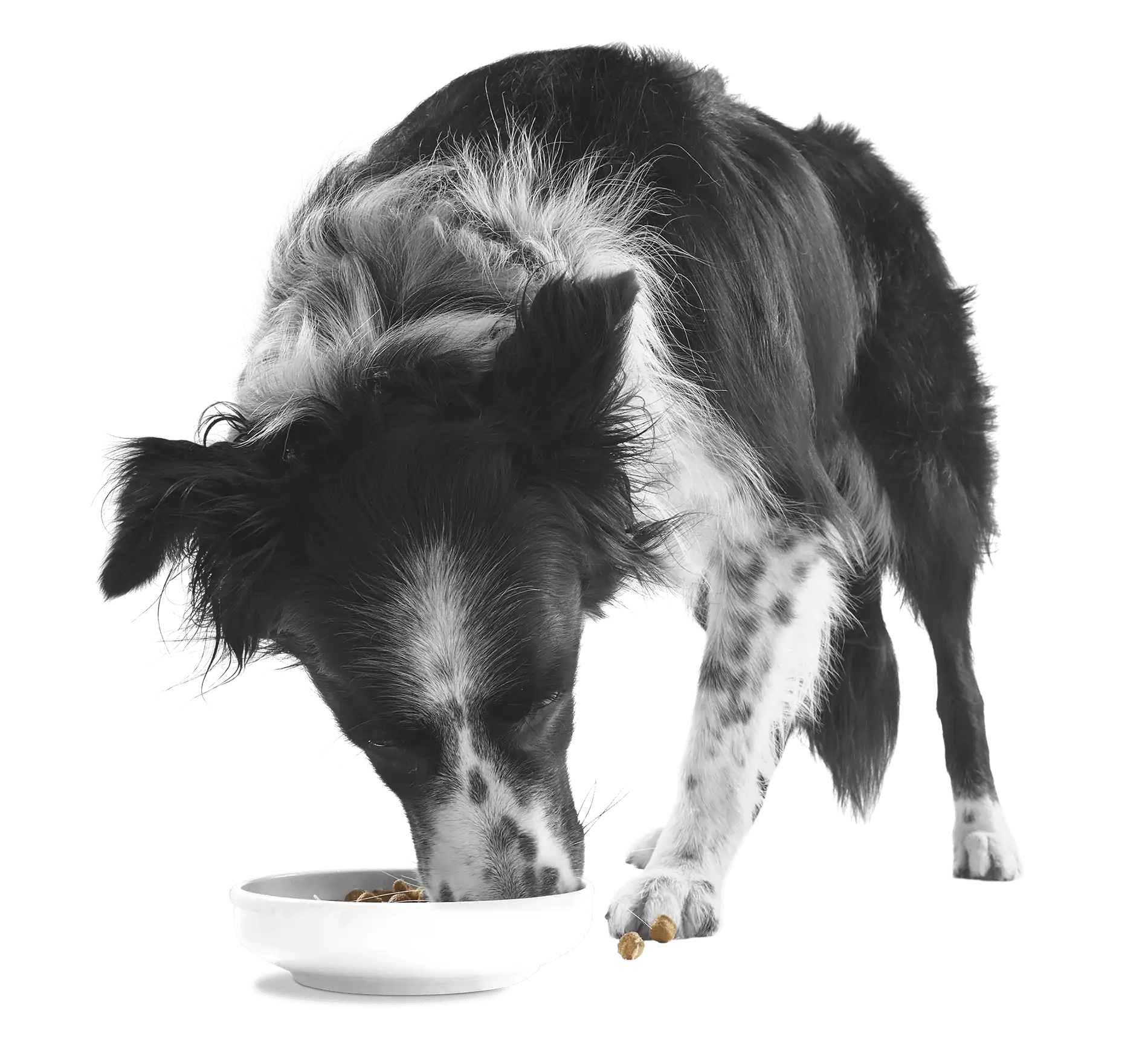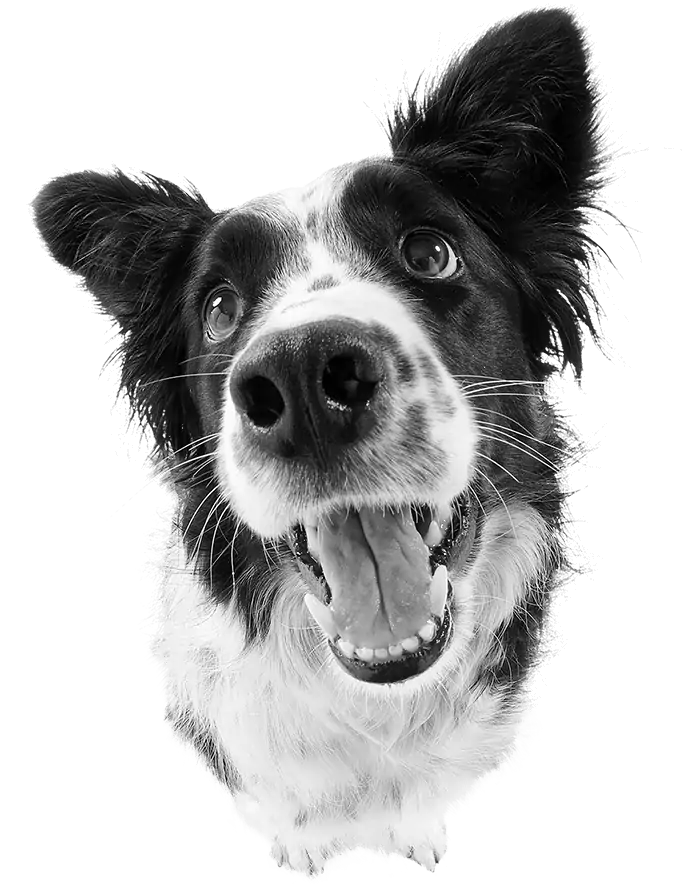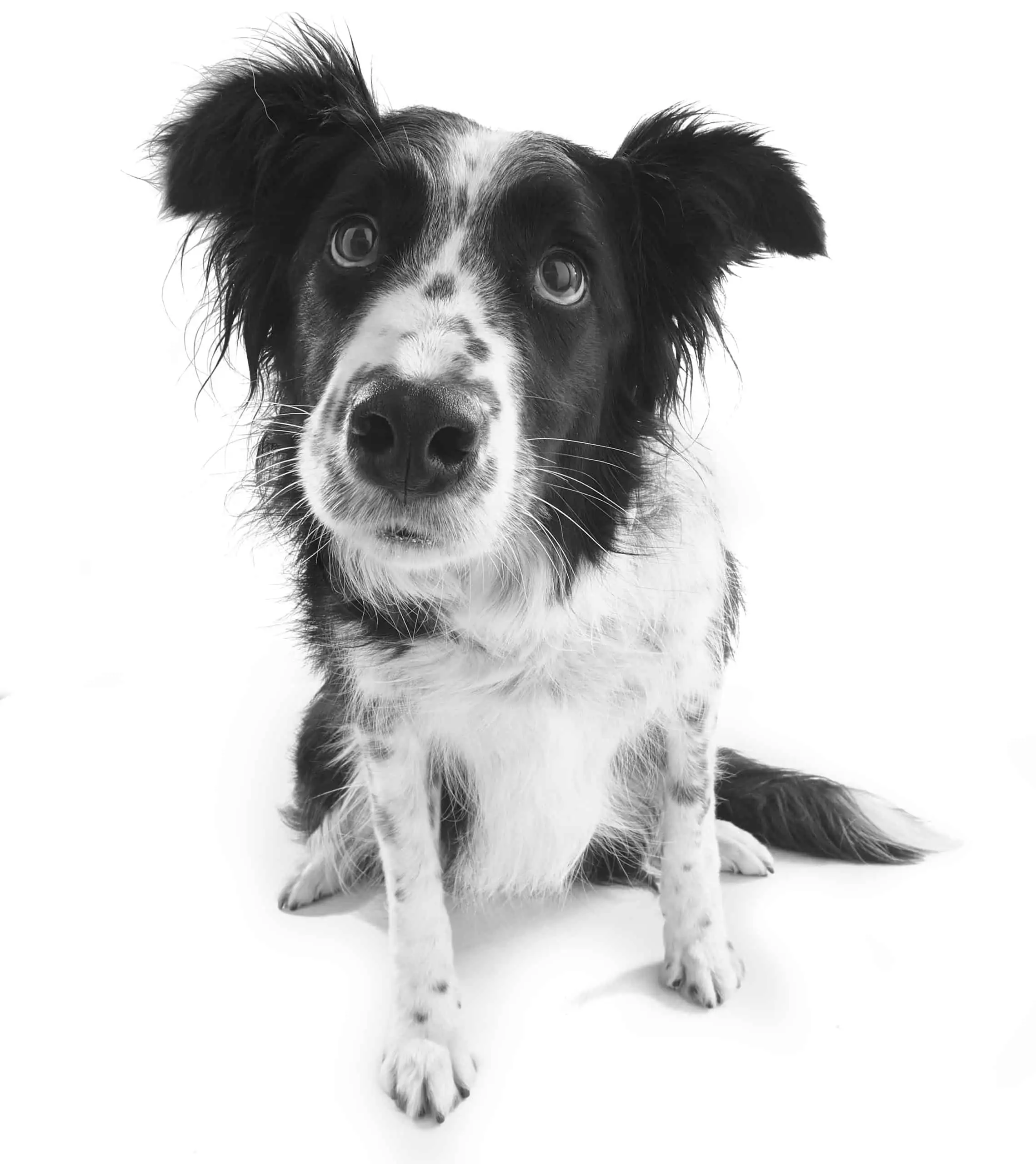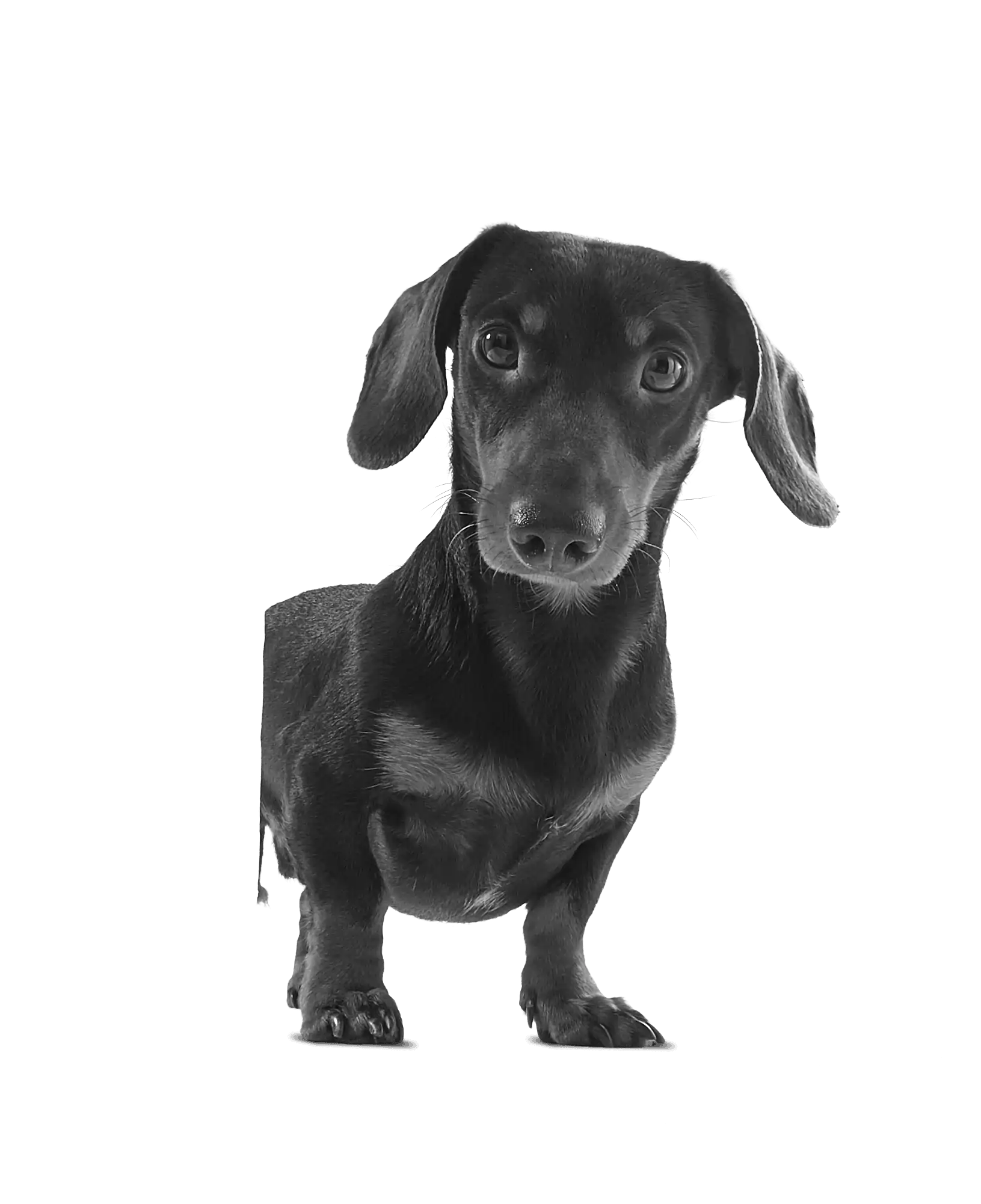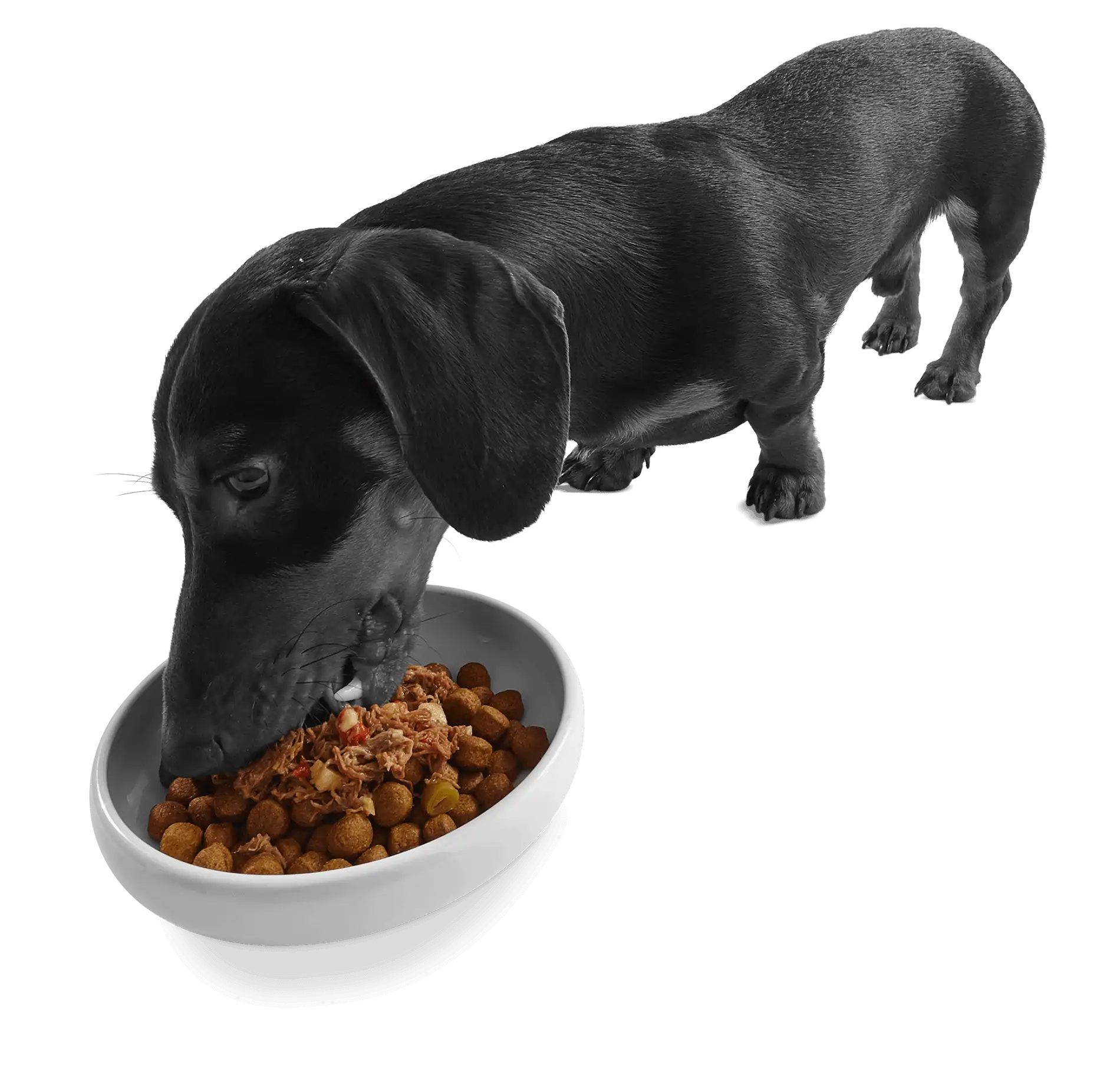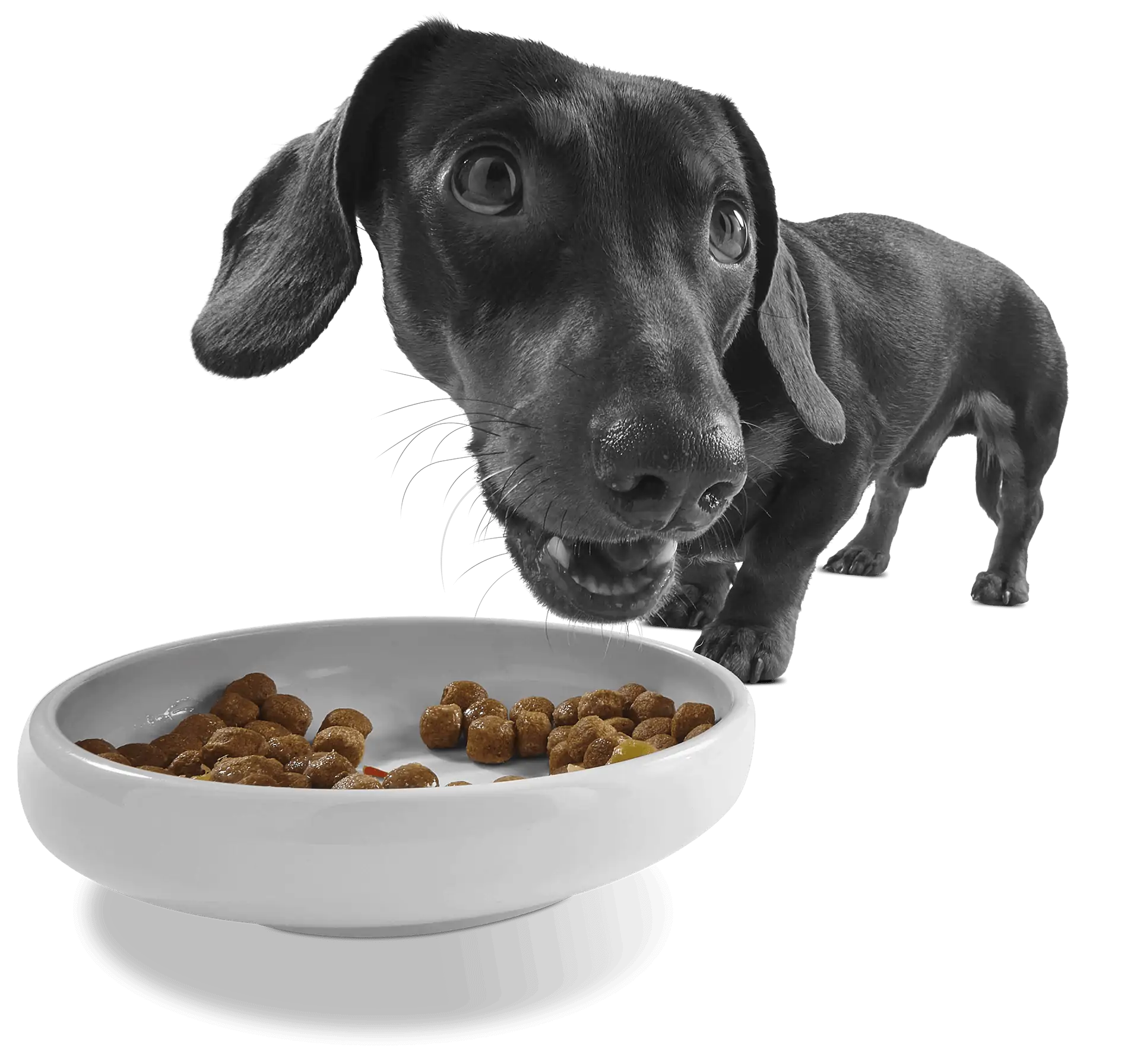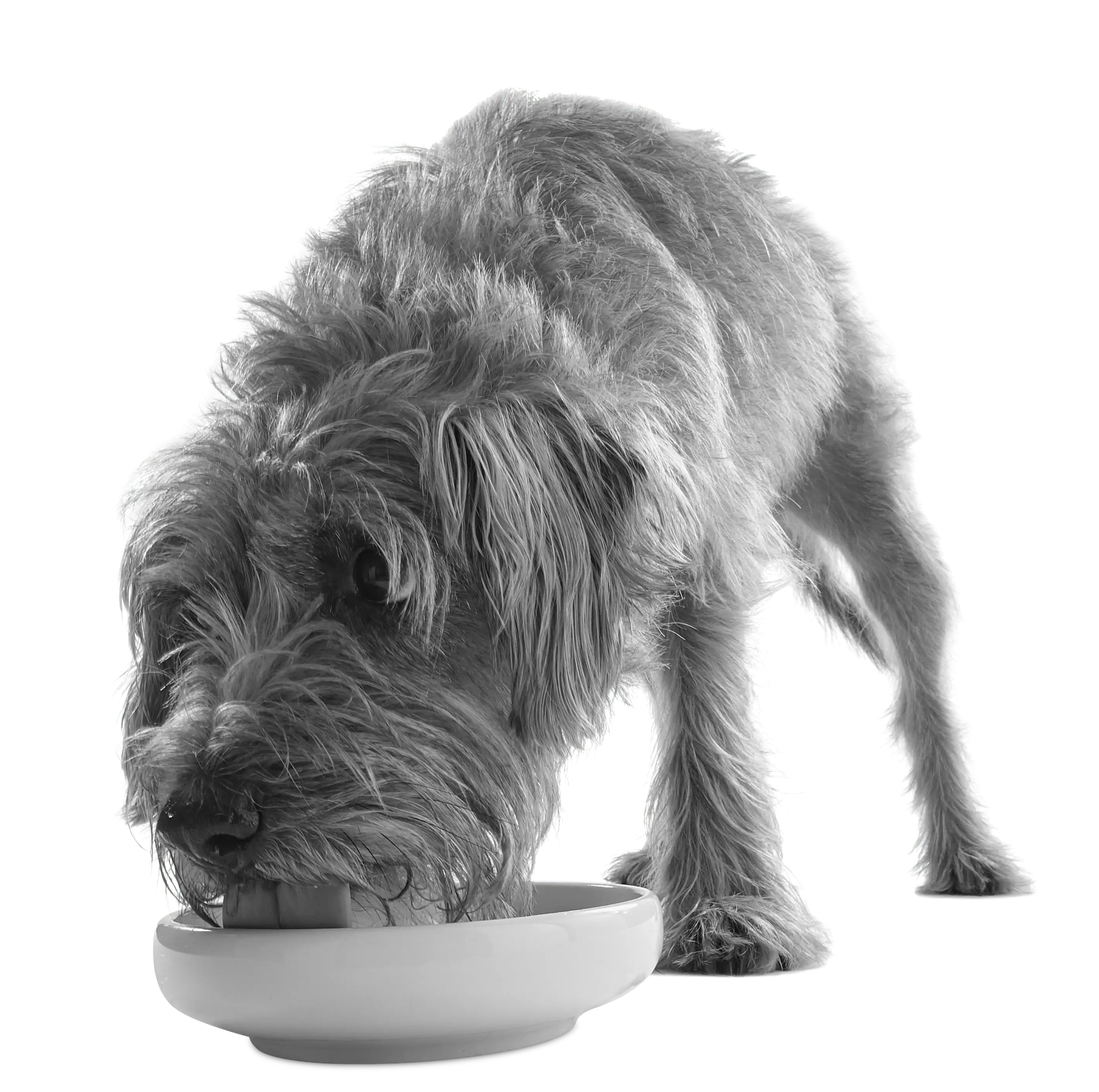Does a small dog need a different diet than a large dog?
It’s no secret that dogs love their mealtimes.
Put a bowl of mouthwatering, high-quality food in front of your four-legged friend, big or small, and if they’re happy and healthy they’ll wolf it down in no time at all.
While dogs of all breeds, ages and sizes do have similar nutritional needs, there are differences that us pet parents need to be aware of when rustling up the perfect diet.
For instance, a chihuahua, weighing under 5lbs, is not going to eat the same amount as a 160lb St Bernard.
Likewise, a 170lb Great Dane is probably not going to be fully satisfied living off the portions you’d serve a 15lb pug.
Despite this, being small in the dog world doesn’t necessarily equate to having a small appetite.
Small dogs have a fast metabolism, and if your little bundle of energy is constantly on the go they’re probably going to need more calories per pound of bodyweight than larger dogs.
On the other hand, larger breeds will eat far larger food quantities, and may require more feedings, just perhaps with food that’s not as nutritionally dense.
We also need to take into account the size of the kibble we’re placing in their bowls.
Kibble for small breeds needs to be smaller in size than that for larger breeds as their smaller mouths and jaws can struggle with large chunks.
Small dogs may have fast metabolisms, but you still need to take great care when portioning out their food, as they can gain weight quickly.
Knowing how much to feed a small dog
It’s easy to get bogged down in facts and figures when working out how much you should be feeding your furry friend.
But the truth is, there’s no real exact science to the amount you should be giving a dog.
Small dogs are classified as weighing under 20lbs. On average, a dog this size generally needs between 35 and 40 calories per pound of its weight per day.
However, every pet is unique. And your dog’s dietary needs will be determined by not just their breed, but their age, size, and activity levels, too.
Even then, chihuahuas of the same age and size may have varying nutritional requirements.
Getting the balance right is vital though if we’re to keep our four-legged friends happy and healthy.
Too much food can lead to obesity, which will more than likely cause medical issues down the road. Too little food, and you run the risk of malnourishment.
Before you begin calculating calories, and measuring out portions, always check the feeding guidelines on any pet food packaging as this will give a good place to start.
Example diets for small dogs
Choosing the best diet for your dog can be quite overwhelming. It’s a process that requires a lot of thought, and can involve a considerable amount of trial and error.
At Applaws, we recommend serving all dogs complete dry food (remember, smaller kibble is easier for small dogs to digest) with a complementary wet food as part of a natural diet that comprises proteins, fats, carbohydrates, minerals, vitamins, and fibre.
Optimal health is, naturally, priority number one. But what about taste? Eating the same complete dry food, every single day, can get boring fast, which is why we created Applaws Taste Toppers.
Designed to liven up mealtimes, simply mix-in one of our delicious recipes, and you’ll be turning a mundane mealtime into a jaw-dropping, tail-wagging, flavour-filled feast.
Big or small, young or old; there’s a Topper for all types, too.
Chicken Breast with White Beans, Peas & Pumpkin in Gravy Pouch, Chicken Bone Broth with Turmeric & Parsley Pouch, Beef Fillet with Red Pepper – every recipe is made with our dogs’ tummies and taste buds in mind.
Conclusion
Don’t be fooled by their diminutive stature, small dogs can gain weight fast; so it’s imperative you track exactly what they’re eating.
The more you monitor their intake, the more you’ll come to understand what they like and dislike, too.
Placing them on a weighing scale every few weeks should help keep any potential weight issues under control.
And if you do have any concerns about their diet, or the amount of food they’re eating, contact a vet as soon as possible.
Related Content:





